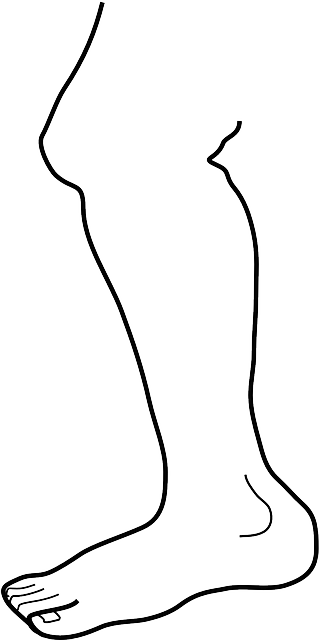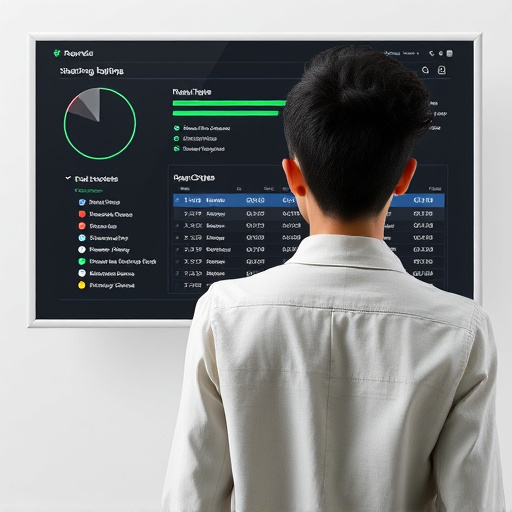Choosing the right mass airflow (MAF) sensor housing is crucial for optimal vehicle performance, especially with aftermarket or custom intakes. Compatibility between the sensor housing and intake system design is key, with straight-through intakes typically accommodating compact housings. Larger, complex intakes require specialized housings for accurate air flow measurement, essential for precise fuel injection and engine efficiency. Proper selection ensures seamless integration, enhancing overall vehicle performance under varying conditions.
Choosing the right sensor housing size is crucial for optimizing your vehicle’s performance, especially with mass airflow (MAF) sensors. This article explores the diverse world of sensor housing dimensions and their compatibility with various intake systems. We’ll guide you through understanding housing sizes, matching them to suitable intakes, and considering key factors for efficient performance. Discover how the right housing can enhance accuracy in air flow measurement, ensuring your vehicle runs smoothly.
- Understanding Sensor Housing Sizes and Compatibility with Mass Airflow Sensors
- Types of Intakes and Their Suitability for Different Housing Dimensions
- Factors to Consider When Choosing the Right Sensor Housing Size for Efficient Performance
Understanding Sensor Housing Sizes and Compatibility with Mass Airflow Sensors

Understanding Sensor Housing Sizes is crucial for ensuring compatibility with Mass Airflow Sensors, especially in vehicles with custom or aftermarket intakes. These sensors measure the volume and temperature of air entering the engine, playing a vital role in optimal fuel injection and performance. Sensor housing sizes come in various options, each designed to fit specific intake systems.
When selecting a sensor housing, it’s essential to consider the size and design of your mass airflow (MAF) sensor compatible intakes. Aftermarket intakes often require larger or specialized housings due to their unique shapes and configurations. Ensuring proper compatibility prevents issues like incorrect readings or sensor damage, ultimately enhancing engine performance and efficiency in today’s digital era.
Types of Intakes and Their Suitability for Different Housing Dimensions

When considering sensor housing size, it’s crucial to understand the relationship between intake types and their compatibility with specific dimensions. Mass airflow sensors (MAF) are commonly used in automotive applications and require intakes designed to ensure precise measurements. Compatible intakes for MAF sensors are typically characterized by their ability to provide a consistent, undisturbed air flow. Straight-through intakes are a popular choice due to their simplicity and effectiveness in maintaining airflow integrity, making them suitable for compact sensor housings.
For larger housing dimensions, more complex intake designs can be employed. These may include curved paths or multiple chambers to optimize air distribution while still allowing for ample space around the sensor. High-flow intakes designed for performance applications are less common in standard sensor housings due to their potential to disrupt airflow accuracy. However, custom-engineered intakes can accommodate these larger sizes and specialized flow requirements, ensuring optimal sensor performance across various housing dimensions.
Factors to Consider When Choosing the Right Sensor Housing Size for Efficient Performance

When selecting a sensor housing size for optimal performance, several factors must be taken into account, especially in applications like vehicle intake systems where a mass airflow sensor (MAF) is involved. One key consideration is the compatibility with your specific intake design. Different housing sizes ensure seamless integration, allowing the MAF sensor to accurately measure air flow without restrictions. This is crucial for maintaining engine efficiency and overall vehicle performance.
Additionally, the choice should factor in environmental conditions. For external sensors, consider exposure to varying temperatures and weather conditions, which might impact the required insulation and protective measures. Internal sensor housings may need to accommodate space constraints within the vehicle’s engine compartment. Balancing these elements ensures the chosen housing size facilitates efficient airflow measurement while withstanding operational demands.
Choosing the appropriate sensor housing size is key to ensuring optimal performance of your mass airflow sensor, especially when considering different intake types. By understanding compatibility with various intakes and factoring in essential dimensions, you can select a housing that enhances efficiency and accurately measures airflow. This ensures your vehicle’s engine management system receives precise data for optimal combustion and fuel efficiency.














